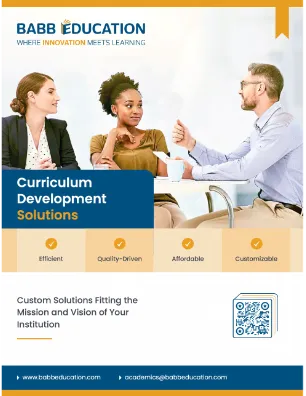Instructional design is an art and science! While there are certainly methodologies and best practices, there is also an intuition and passion that a designer or course developer brings into the process to help engage learners and maintain student retention. Instructional design is the process of creating effective and engaging learning experiences for students. Here are some (of many!) best practices for instructional design:
-
Really know your learners - who are they and why are they in the class!?: To create effective student centered materials, you need to know who your learners are, what they already know, and what they need to learn. Building this into the course can be very helpful for the instructor teaching it to know where their students are at - and - how to meet them to advance their knowledge.
-
Set clear learning objectives: In fact, an argument could be made that all course development begins with learning objectives. Define clear and measurable learning objectives and outcomes that align with program level outcomes.
-
Use a variety of instructional strategies: Use a variety of instructional strategies that engage different learning styles and respond to different learners' styles. For example, use multimedia, interactive activities, and real-life scenarios. Integrated labs and OER is often helpful as well.
-
Break down content: Break down content into manageable pieces that are easier to learn and retain. Breaking down pieces helps learners to focus on the most important information and avoid information overload.
-
Provide feedback: An ID has to create a feedback mechanism for instructors. Provide feedback to learners to help them understand what they have learned and what they still need to work on. Feedback can be in the form of quizzes, tests, assessments, discussions or other forms of evaluations.
-
Evaluate and update: Continuously evaluate the effectiveness of your instructional materials and revise them as needed to improve learner outcomes. This can be done through formative and summative evaluations. Having access to student outcomes is particularly helpful as well.
-
Incorporate real-world application: Incorporate opportunities for learners to apply what they have learned in real-world situations to increase the transfer of knowledge and skills. This also helps students see the value of the course that they are taking and are more likely to engage with the content.
-
Ensure accessibility: Ensure that the instructional materials are accessible to all learners, including those with disabilities. This is a requirement! This includes providing alternative formats, such as audio or text-to-speech options.
We would love to help you build curriculum! Check out our services and contact us today!



